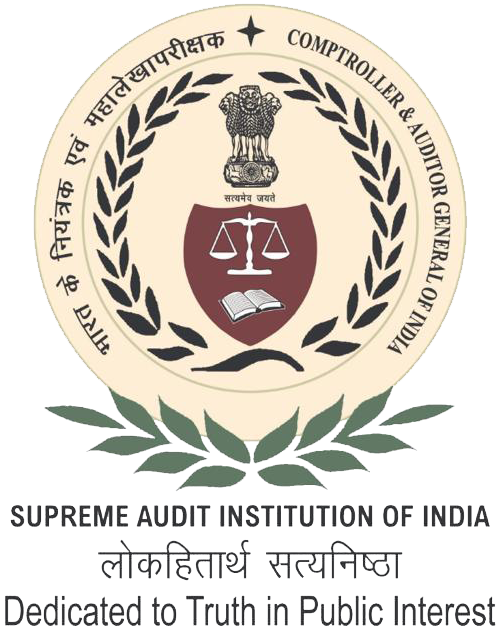- Home
- About Us
- Functions
- Resources
- Tour Program
- Publication & Reports
- Contact Us
- Employee Corner
Audit Reports
Compliance
Financial
Performance

Himachal Pradesh
Report of 2010 - Compliance, Financial and Performance Audit on State Finances of Government of Himachal Pradesh
Date on which Report Tabled:
Date of sending the report to Government:
Government Type:
State
Sector
-
Overview
In May 2005, Himachal Pradesh Government responded tothe Twelfth Finance Commission's recommendation by legislating its "Fiscal Responsibilities and Budget Management Act (FRBM)." It set out a reform agenda through fiscal correction path in the medium term with the long-term goal of securing growth stability for its economy. The State Government's commitment to carryforward these reforms is largely reflected in certain policy initiatives announced in the budgets subsequently. While the benefits of FRBM legislation have been realised to a great extent already, in terms of reduction in major deficit indicators, etc., the State Government's resolve to implement VAT, introduction of New Pension Scheme will go a long way in building up the much needed 'fiscal space' for improving the quality of public expenditure and to promote fiscal stability.
The State Government has done well in establishing an institutional mechanism on fiscal transparency and accountability as evident from the year-on-year presentation of outcome budgets. These outcome indicators tend to serve the limited purpose of measuring the department-wise performance against the targets. They do not, however, give the 'big picture' of the status offinancial management including debt position and cash management, etc., for the benefit of the State Legislature and other stakeholders.
The Comptroller and Auditor General's civil audit reports step in to fill this gap. The Comptroller and Auditor General's reports have been commenting upon the Government's finances for over four years since the FRBM legislation and have published four reports already. Since these comments formed part of the civil audit report, it was felt that the audit findings on State finances remained camouflaged in the large body of audit findings on compliance and performance audits. The obvious fallout of this well-intentioned but all-inclusive reporting was that the financial management portion of these findings did not receive proper attention. In recognition of the need to bring State finances to center-stage once again, a stand-alone report on State Government finances is considered an appropriate audit response to this challenge. Accordingly, from the report year 2009 onwards, Comptroller and Auditor General had decided to bring out a separate volume titled "Report on State Finances." This is the second edition of this endeavour.

